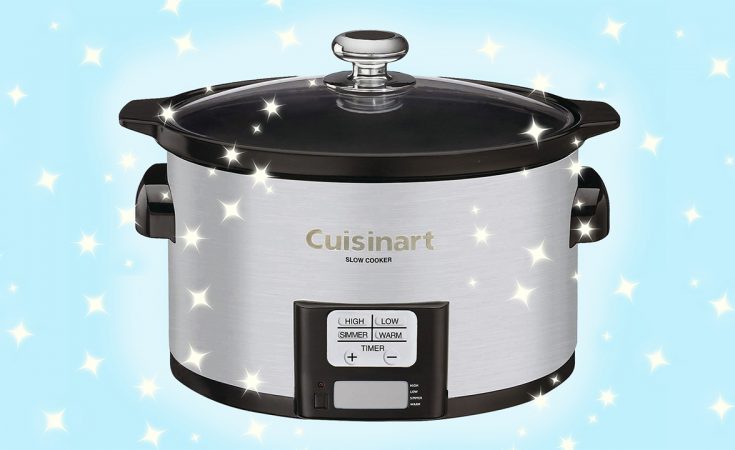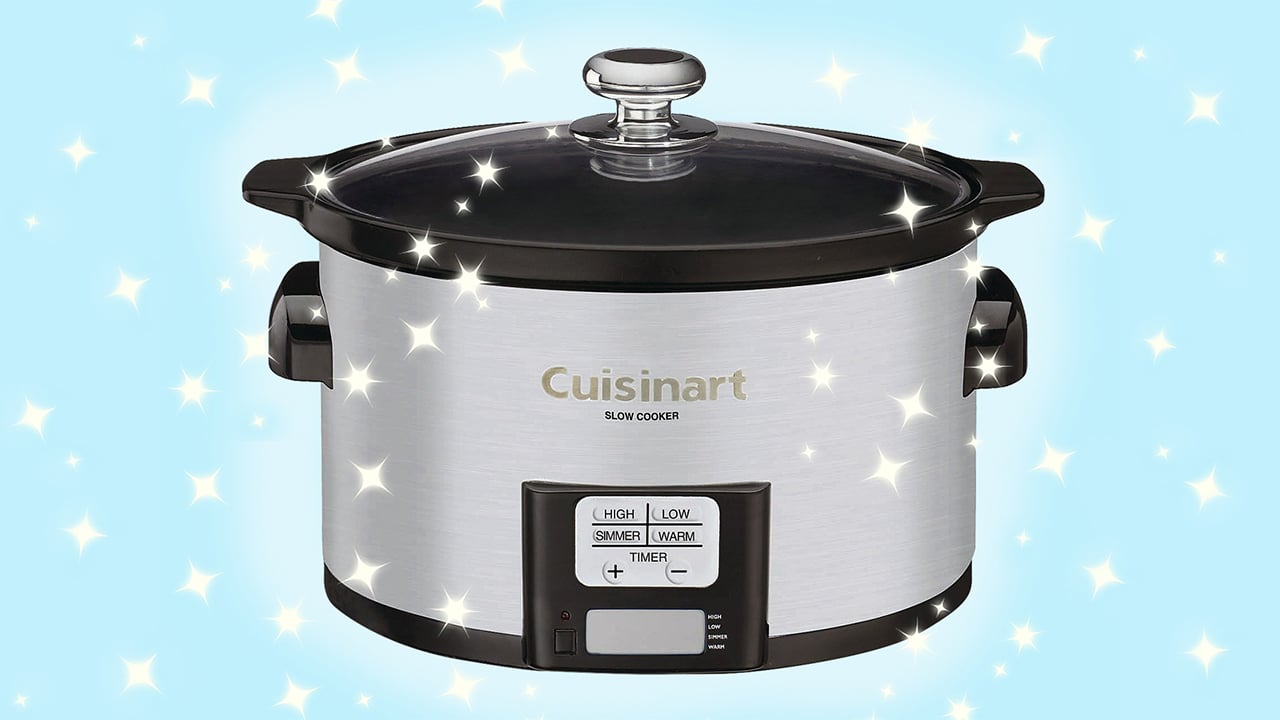These handy tips will make your slow cooker easier to clean, faster to use and even turn it into the life of the party.
A slow cooker fills the house with mouth-watering smells and has dinner ready and waiting at the end of the work day. When used correctly, the slow cooker can be the fairy godmother of the kitchen.
But that doesn’t mean it comes without pitfalls—common issues include dried-out dishes that lack flavour, or promising-looking slow cooker recipes mysteriously turning into over-cooked, mushy disappointments.
These unwelcome surprises are easily prevented: let the slow cooker earn its place on your countertop, with handy hacks that help make cooking a breeze. From turning out tender roasts to acting as your entertaining sidekick, these slow cooker hacks will help you make the most of this mighty appliance.
Use a slow cooker sling
To use the slow cooker for delicate dishes like salmon, or harder-to-remove items like stuffed peppers and baked goods, line it with a piece of parchment paper or aluminum foil that is long enough to come over the sides. The cooked food can then be easily lifted out and transferred to a serving platter fully intact. Bonus: it makes clean-up a cinch.
Auto-clean it
Are you neglecting your slow cooker because you hate cleaning it? To remove tough residue, fill the slow cooker with water to just above where the leftover food ends and add a combination of ½ cup baking soda and ½ cup of distilled white vinegar for a 3-quart slow cooker (double this for a 6-quart cooker). Cover and set to low for one hour, or up to four. Allow the insert to cool before rinsing in the sink with warm water. Ta-da! Your slow cooker is now self-cleaning.
Grease it before cooking
To avoid scrubbing, try coating the inside of the slow cooker with a non-stick cooking spray before adding in ingredients. This isn’t necessary for recipes like soups or stews where there is plenty of liquid, but for starchier items, like pasta and risotto that tend to stick, it’s a good insurance policy.
Pre-heat it
For recipes that call for sautéed or seared ingredients, it’s a good idea preheat your slow cooker before throwing in the cooked ingredients. Turn the slow cooker to a high heat to get it to temperature quickly, then adjust it to the required temperature. When you add hot ingredients to a cold vessel, the temperature drops, tacking on extra cooking time.
Take the lid off
It’s best to keep the cover on your slow cooker at all costs during use, or it will add extra cooking time, but there are some exceptions where your slow cooker is useful sans lid. Once meat and vegetables have finished cooking, make use of the all those tasty juices left over in the pot. Place the cooker on a high setting, and open the lid for 30-45 minutes to let excess moisture cook off. The liquid will reduce, leaving you with a thick and delicious gravy or sauce. (Tip: This trick can also be applied for thickening stews, or when you’ve accidentally added too much liquid.)
Seal in moisture with parchment paper or aluminum foil
When cooking ingredients that take up less volume (like chicken breasts), place a piece of parchment paper or aluminum foil overtop before closing the lid of the slow cooker. This will help seal in moisture for items that don’t reach the top, preventing them from drying out (and protecting you if your slow cooker has an overly aggressive steam vent).
Turn it into a warming station
Have your slow cooker pull double-duty and use it as a warming station during potlucks and big family celebrations. Place side dishes like mashed potatoes in the cooker on low heat for up to an hour to keep them toasty until it’s time to eat.
Make it a serving station
The slow cooker also doubles as a serving vessel for hot drinks like mulled wine or cider at a winter fête. Better yet, you can prepare them in the slow cooker too.



































